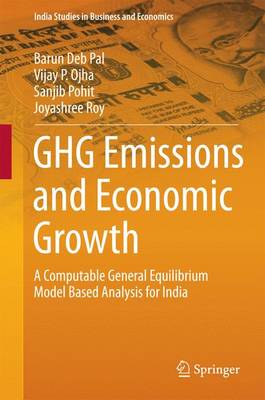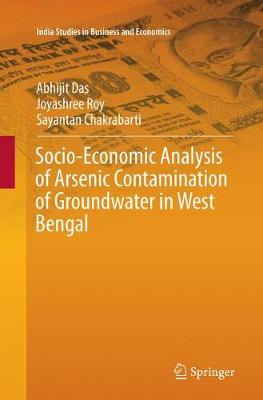India Studies in Business and Economics
2 total works
GHG Emissions and Economic Growth
by Barun Deb Pal, Vijay P. Ojha, Sanjib Pohit, and Joyashree Roy
Issues linking climate change and economic growth are now at the centre of discussions regarding development strategies especially in the context of developing countries. This book contributes by analyzing the relationship between economic growth and GHG emissions in India with explicit reference to all major economic sectors. One of the most popular tools for macroeconomic policy analysis is Social Accounting Matrix (SAM). The book presents the methods and estimates of the latest Social Accounting Matrix (SAM) for India, which provides a major data base describing the complete circular flow of income and input-output transactions among the sectors of the economy. The novelty of the book lies in the fact that for the first time a SAM has been prepared for the Indian economy with environmental indicators. A detailed methodology for constructing such an extended SAM is also presented in the book. The environmental social accounting matrix (ESAM) based analysis has been included to show direct and indirect links between economic growth and GHG emissions. The book also includes analysis of factors affecting historical GHG emissions trends in India. The book goes beyond SAM and applies computable general equilibrium (CGE) modelling to derive climate-change policy analysis and simulations. This CGE-based analysis is an important contribution to the current debate surrounding carbon tax and its possible impact on macroeconomic growth.

